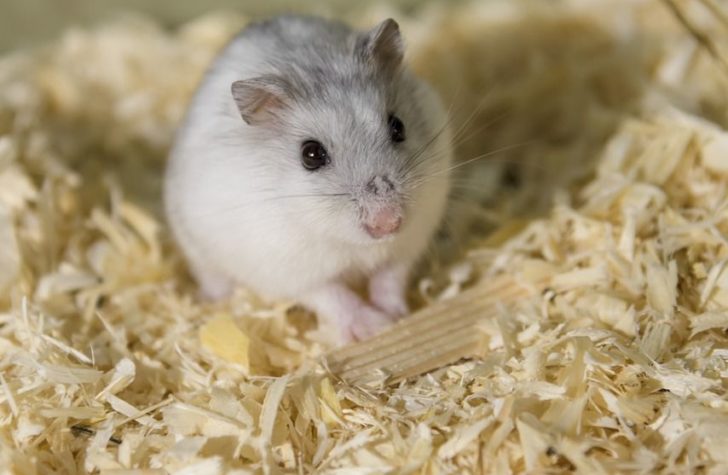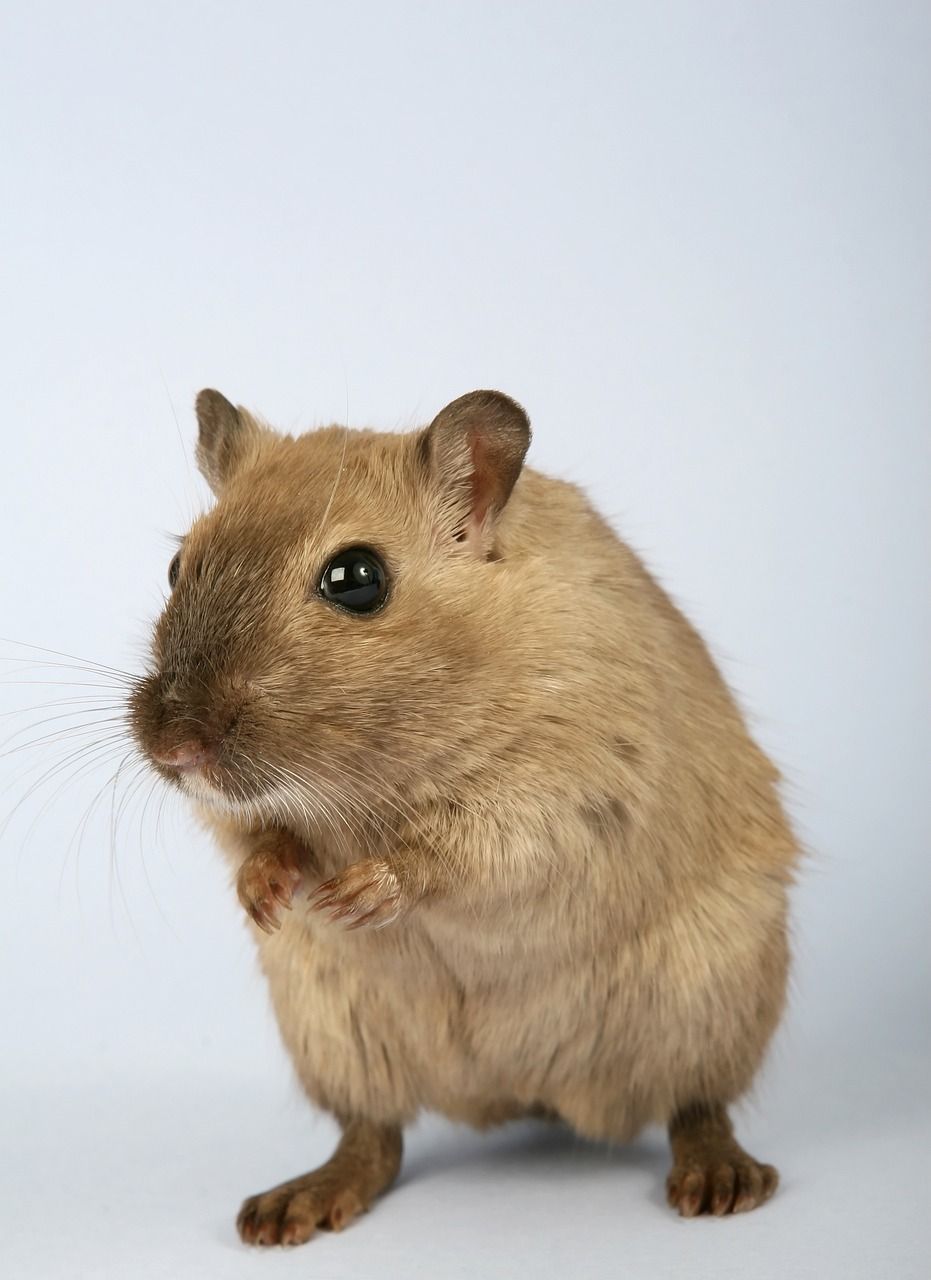Arabian Hamster: A Comprehensive Overview

Arabian Hamster: A Fascinating Species for Pet Enthusiasts
Introduction:

Arabian hamsters, scientifically known as Phodopus Roborovskii, are small, adorable rodents that have gained popularity as pets in recent years. In this article, we will provide you with a profound understanding of Arabian hamsters, including their types, popularity, quantitative measurements, variations, and a historical analysis of the advantages and disadvantages associated with different types. So let’s delve into the fascinating world of Arabian hamsters.
What are Arabian Hamsters?
Arabian hamsters, commonly known as ”Robos,” are part of the dwarf hamster species and originate from desert regions in Mongolia, China, and Russia. These small, nocturnal creatures have become popular pets due to their unique behaviors and captivating personalities.
Types of Arabian Hamsters:
There are several types of Arabian hamsters, each with its distinct characteristics:
1. Standard Robos: These hamsters have a sandy brown or grayish-brown coat with a white belly. They are the most commonly found variety and make great companions.
2. Sapphire Robos: With their mesmerizing deep blue coat, Sapphire Robos are highly sought after by hamster enthusiasts.
3. White-faced Robos: As the name suggests, these hamsters have a white patch on their face, adding a touch of uniqueness to their appearance.
4. Mottled Robos: These hamsters have patches of alternating colors on their fur, which gives them a distinctive and attractive look.
5. Russian Winter White Robos: These hamsters change their coat color from grayish-brown in summer to pure white during winter, allowing them to adapt to their surroundings.
Popularity of Arabian Hamsters
Arabian hamsters have gained immense popularity as pets due to their small size, low maintenance requirements, and playful nature. Their cuteness and unique behaviors, such as burrowing and spinning on their wheel, have endeared them to many pet owners. Additionally, Arabian hamsters are less likely to bite compared to other hamster species, making them ideal pets for families with children.
Quantitative Measurements:
Understanding the physiological aspects of Arabian hamsters is crucial for their proper care and well-being. Below are some quantitative measurements related to these adorable creatures:
1. Size: Arabian hamsters measure around 4 to 5 centimeters in length, with a tail approximately 1 centimeter long.
2. Weight: On average, adult Arabian hamsters weigh between 25 and 40 grams, varying slightly depending on the type and individual.
3. Lifespan: Arabian hamsters have an average lifespan of 2 to 3 years, highlighting the importance of providing them with a suitable living environment and proper nutrition.
Variation among Arabian Hamsters
Despite belonging to the same species, Arabian hamsters can exhibit variations in behavior, temperament, and physical attributes.
1. Activity Levels: While some Arabian hamsters may be more active and energetic, others may have a more laid-back personality. This variation can influence the level of interaction and playtime required by each individual hamster.
2. Tolerance to Handling: Arabian hamsters’ tolerance to human handling can vary. Some may enjoy being held and cuddled, while others may prefer a hands-off approach. Building trust and bonding with your hamster is crucial to understand their comfort levels.
3. Health Concerns: Like any animal, Arabian hamsters are susceptible to certain health issues, including dental problems, respiratory infections, and diabetes. However, the likelihood of these conditions can differ among individuals.
Historical Analysis of Advantages and Disadvantages
Arabian hamsters have undergone various breeding programs and selective breeding throughout history, resulting in certain advantages and disadvantages associated with different types.
1. Advantages: Breeders have aimed to produce hamsters with desired traits, such as friendliness, longevity, and unique coat colors. This has led to the development of subtypes like the Sapphire and White-faced Robos, which are highly sought after by pet enthusiasts.
2. Disadvantages: Some breeding programs have focused on specific physical attributes, resulting in potential health issues. For example, hamsters with extremely short noses may suffer from respiratory problems. It’s important for potential owners to be aware of these disadvantages and make informed decisions based on their desired traits and the hamster’s overall well-being.
Conclusion:
Arabian hamsters, with their captivating personalities and charming appearances, have rightfully earned their place as beloved pets. Understanding the different types, quantitative measurements, variations, and historical advantages and disadvantages associated with these hamsters is essential for providing them with the optimal care they deserve. Whether you choose a Standard Robo or a Sapphire Robo, Arabian hamsters are sure to bring joy and companionship to your household.
(Note: Please note that the video content will be inserted in the designated space mentioned above)

















